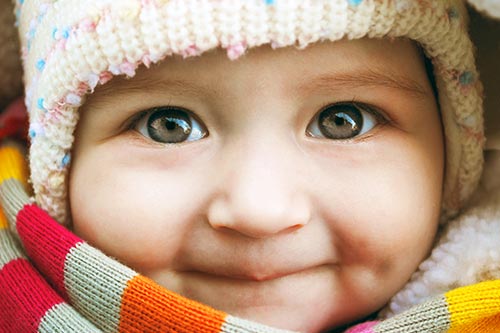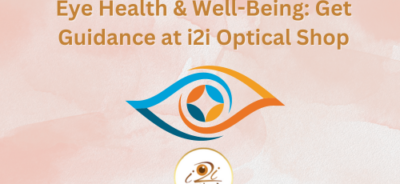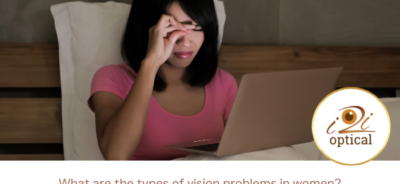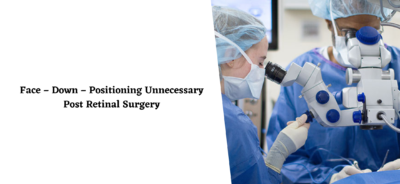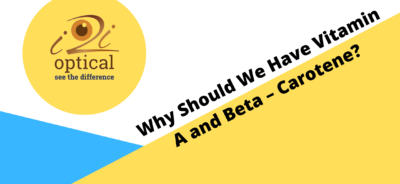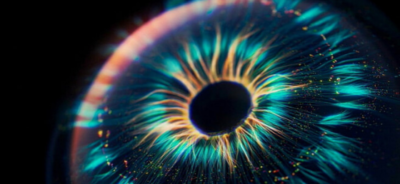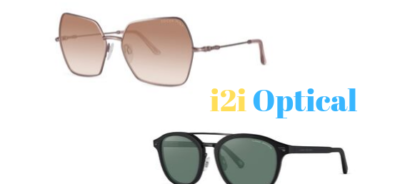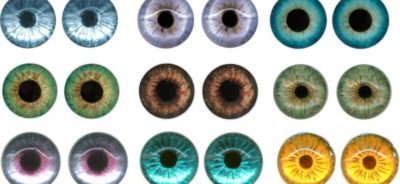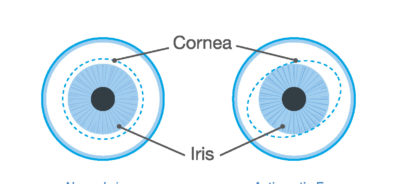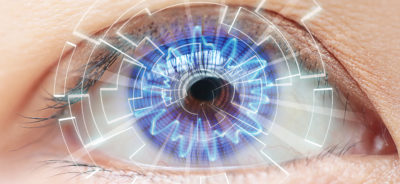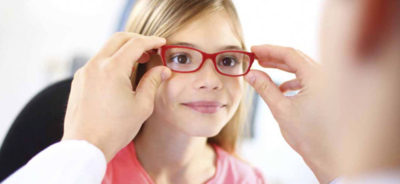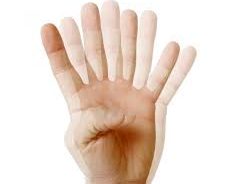Eye Problems for Children and Babies
Immediately after birth, a baby cannot ‘see’ in the sense it is commonly meant. In other words, the baby’s eyes are inert in their expression and you can never say for sure if eyes are registering any light or movement. It is only after about 6 weeks that the eyes begin to follow movement and colour combinations. The baby can see you and follow you with the eyes. If that does not happen, you should consider consulting an eyecare-specialist in Mauritius to get the baby’s vision tested.
Sometimes, children suffer from a problem called ‘lazy eye’. Technically, this problem is called amblyopia. The reason for this problem is that one of the eyes may be offering them a better vision. It could be due to long or short sightedness in the other eye. Because of this better vision in one of the eyes, the child uses it for viewing, leaving the weaker eye alone. It can develop a squint that is clearly visible. Eye specialists can help such children by patching up the stronger eye to encourage viewing through the weaker one. This is usually followed by treatment of the weaker eye to make it at par with the stronger companion.

Short or long sightedness is very common among children. School going children may find it difficult to see the blackboard. Others may find it difficult to read the book right in front of them on the desk. Both are anomalies with where the lights are focused on the retina. Both forms of vision deficiencies can be cured with eyewear. Prescription glasses are enough for most of the times. An optometrist is the best person you can counsel if you find such problems in the child.
Always remember that children will seldom tell you about vision problems because they are unaware of the existence of such a problem! You need to be vigilant in the diagnosis of eye problem symptoms.


